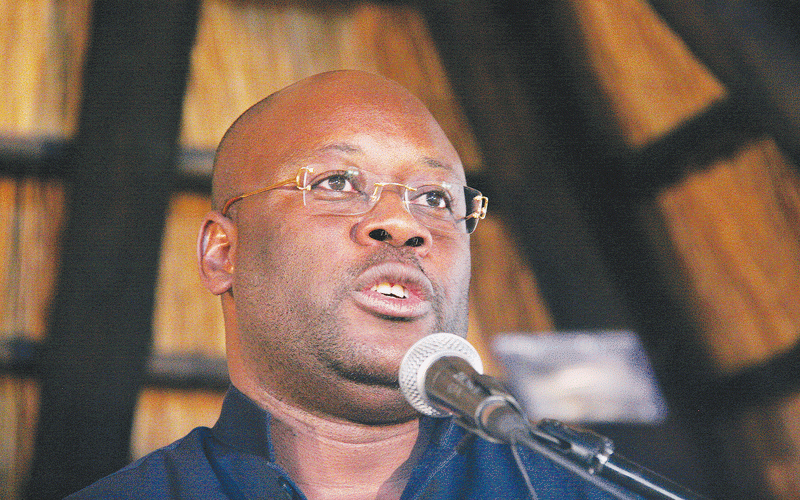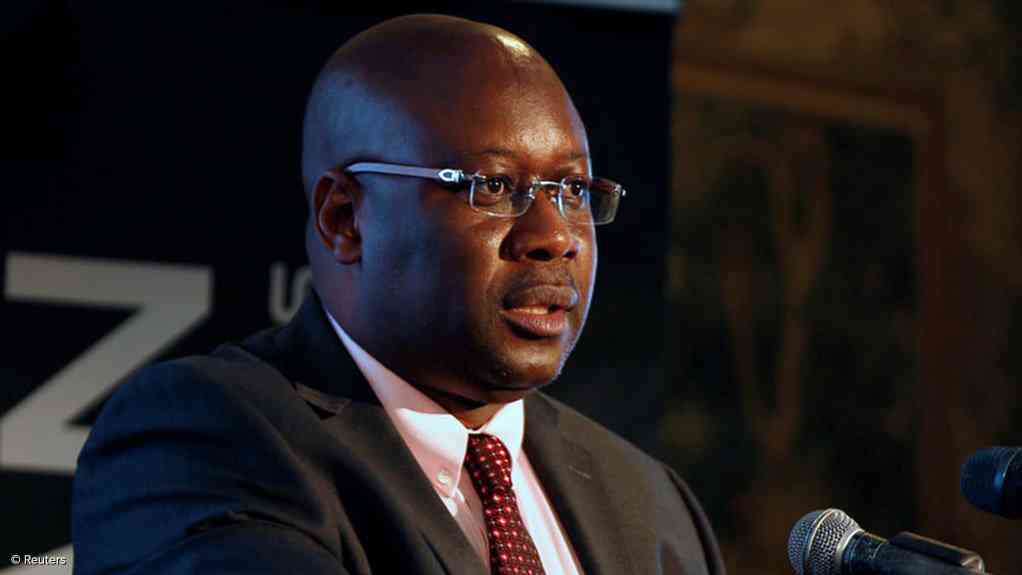
ZIMBABWE’S government projected this week the country’s mining industry would turn the corner in 2025, after operators red flagged deeper than expected blackouts last year, which drained billions of United States dollars in potential revenue.
According to the Chamber of Mines of Zimbabwe (CoMZ), growth would come in at 7%, with exports turning over US$6 billion, benefiting from stronger recovery in gold, platinum group metals and diamonds. The sector generated US$5,4 billion in 2023.
“We are firming up our target, which will be announced this month,” Winston Chitando, a top ranking mining executive who became Mines Minister in 2018, says.
“It (revenue) will be significantly higher for two reasons: The first is increased production, and the second is the firming up of prices. You know prices were at very low levels for all minerals except gold and we expect that commodity prices will firm up,” Chitando adds, noting he cannot disclose figures until ongoing forecasts are completed.
Gold prices, a barometer of safe haven demand across markets, hit nominal high during the final quarter of 2024, driven by geopolitical tensions and a ramp up in central bank purchases.
There were jitters across resource dependent economies, including Zimbabwe throughout 2024, as the prices of key minerals tumbled in big markets.
Many of the leading experts see the return of better fortunes this year, with the Australia-based Market Index forecasting average gold prices to remain robust at US$2 552 per ounce.
Market Index says prices would moderate slightly over the outlook to US$2 391 per ounce. Lithium, one of Zimbabwe’s most recent discoveries sought after in aggressively expanding electric vehicles (EVs) markets, would see average prices trending at US$878 a tonne in 2025, reflecting inventory surpluses and softer demand growth in the EVs market.
- Australia floods worsen as thousands more flee Sydney homes
- Japan brings cheer to Gokwe
- Bruce’s Beach returned to family nearly a century after seizure
- Commodity price boom buoys GB
Keep Reading
However, for Zimbabwe, the good news is, prices would rebound thereafter, bolstering revenues, and taxes.
Chitando said revenues would also be driven by increased output.
“We are at the moment just trying to get a feel of the latest price projections and then we firm up our target,” Chitando said.
“It will be significantly higher because of production and firming up of prices,” he says.
Growth in the mining sector would also be propelled by high exploration.
“Investors want to partner the government in exploration or invest in exploration…expand production exactly for those low-hanging fruits (exploration),” he said.
“It is really exploration (which is) also a low-hanging fruit, partnering operations, which require capital to expand. There are significant opportunities,” he told the Independent, as the newspaper sought his view on mining trends in 2025.
The southern African country is endowed with some of the world’s hottest minerals, including chrome and tin.
He spoke as the Chamber of Mines revealed in October protracted blackouts would cost the sector up to US$500 million in potential revenue in 2024 due to frequent down times.
According to the Zimbabwe National Chamber of Commerce, downtimes due to power cuts averaged 60% of production time in 2024.
However, this figure could be low in sectors such as mining, where some players have been importing power for their operations.
Mining industry executives ratcheted pressure on state power utility, Zesa at the time, telling it to take decisive action in order to protect over 30 000 workers employed in the sector.
The sector contributes about 12% to the country's gross domestic product and ships commodities that make up 80% of Zimbabwe’s exports annually.
A State of the Mining Sector Report released late last year by the CoMZ said upheavals in the industry had been compounded by the region’s highest power tariffs.
“Analysis of survey data shows that the mining industry is estimated to have lost around US$500 million of potential revenue due to output losses arising from power outages,” the report said.
It estimated that production had also crashed by 6% as a result of forex shortages.
Many areas are experiencing up to 16 hours of power cuts daily, disrupting businesses and daily activities.
According to the report, the mining industry is currently consuming approximately 600MW of power.
In the outlook for 2025, the industry’s electricity demand was expected to increase by about 18% to around 700MW, while diesel consumption is expected to increase by 12%, as firms turn to generators for electricity.
It is this and other hurdles that the government will have to contend with, as the battle to rebuild a shattered economy continues.










